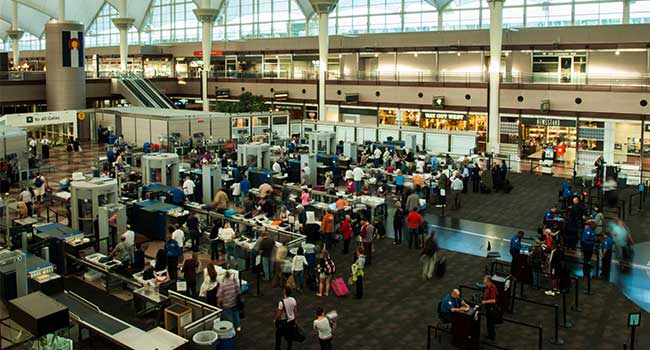
TSA Testing New Credential Authentication Technology
This new credential authentication technology may speed up the TSA process and improve airport security.
- By Jessica Davis
- Nov 08, 2017
The Transportation Security Administration (TSA) is testing new technology at Indianapolis International Airport, according to Aaron Batt, Federal Security Director for Indiana. This new credential authentication technology may speed up the TSA process and improve airport security.
Using this new tech, officers will insert a traveler’s government-issued ID into a scanner. The ID will then appear on a monitor with any irregularities highlighted. Given the variety of organization and security features in both domestic and foreign forms of ID, this technology may give TSA greater ability to identify expired or even altered or fraudulent IDs.
"They all have different security capabilities to them and features to them, and for humans, you can know where many of those are, but you'll never be as good as a piece of technology and computer system," Batt said.
The information gathered by the scanner also connects to the flight reservation system, meaning a boarding pass is unnecessary to get through security. “You don’t have to fumble around for your boarding pass if you’re using this. It can speed up the process, 12 seconds or less,” Batt said.
This technology will not eliminate the body scanner or item scanner requirements, and boarding passes will still be required at airline gates. Indianapolis International Airport is one of six airports testing the credential authentication technology. If these tests find the technology successful, the TSA would like to expand it to all airports within the next four years.
About the Author
Jessica Davis is the Associate Content Editor for 1105 Media.